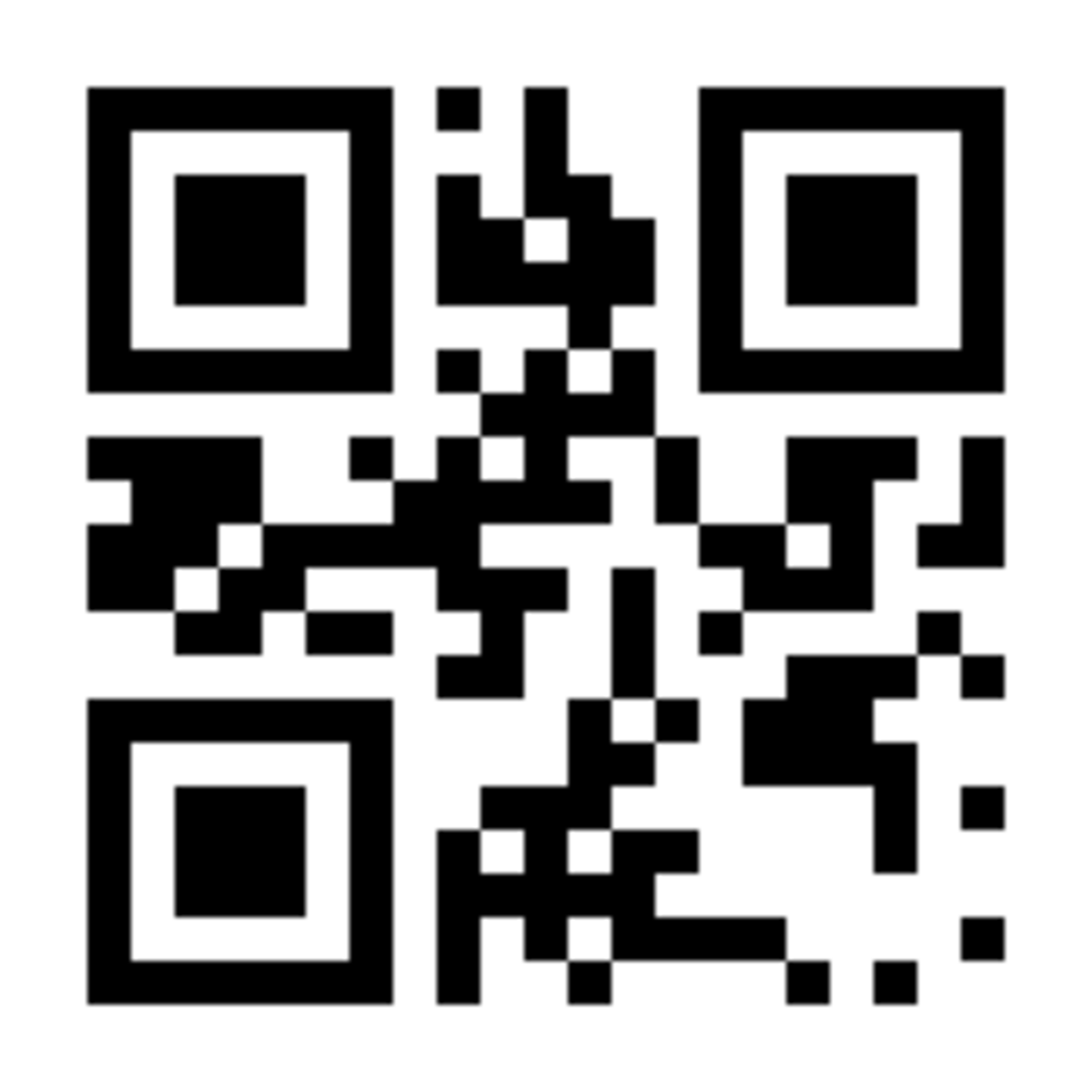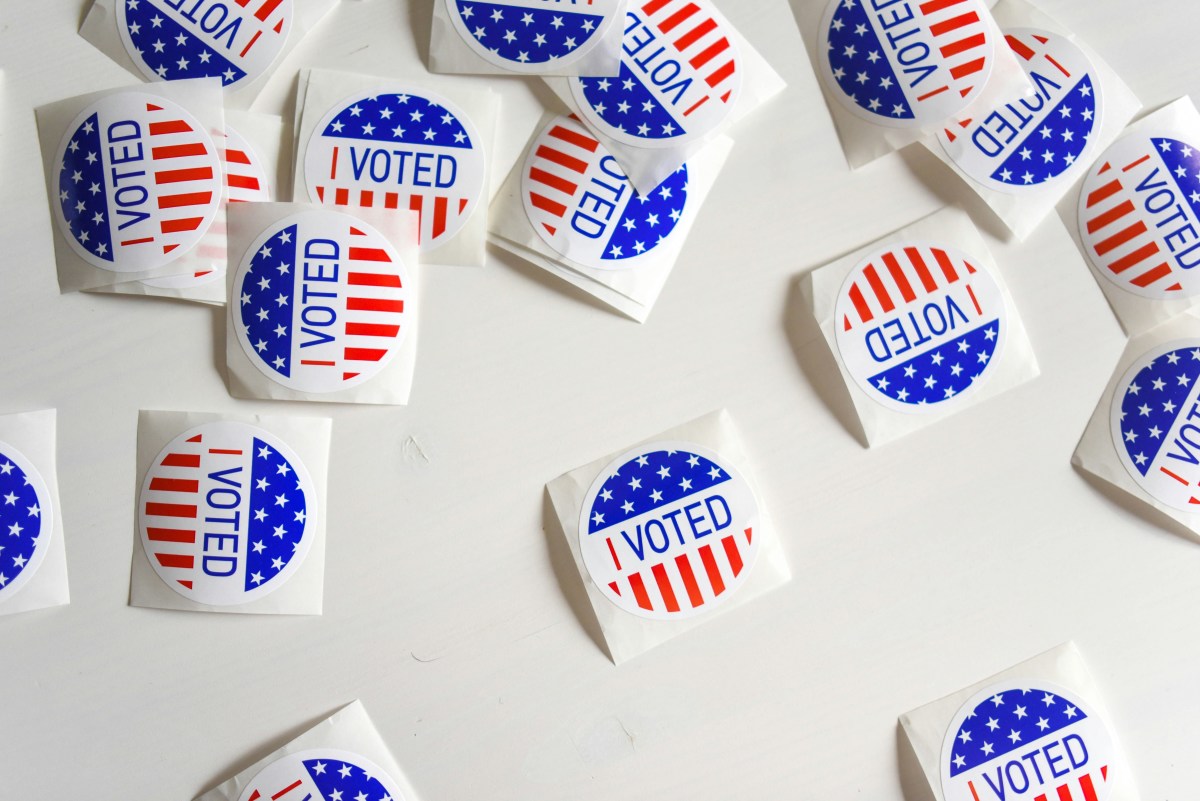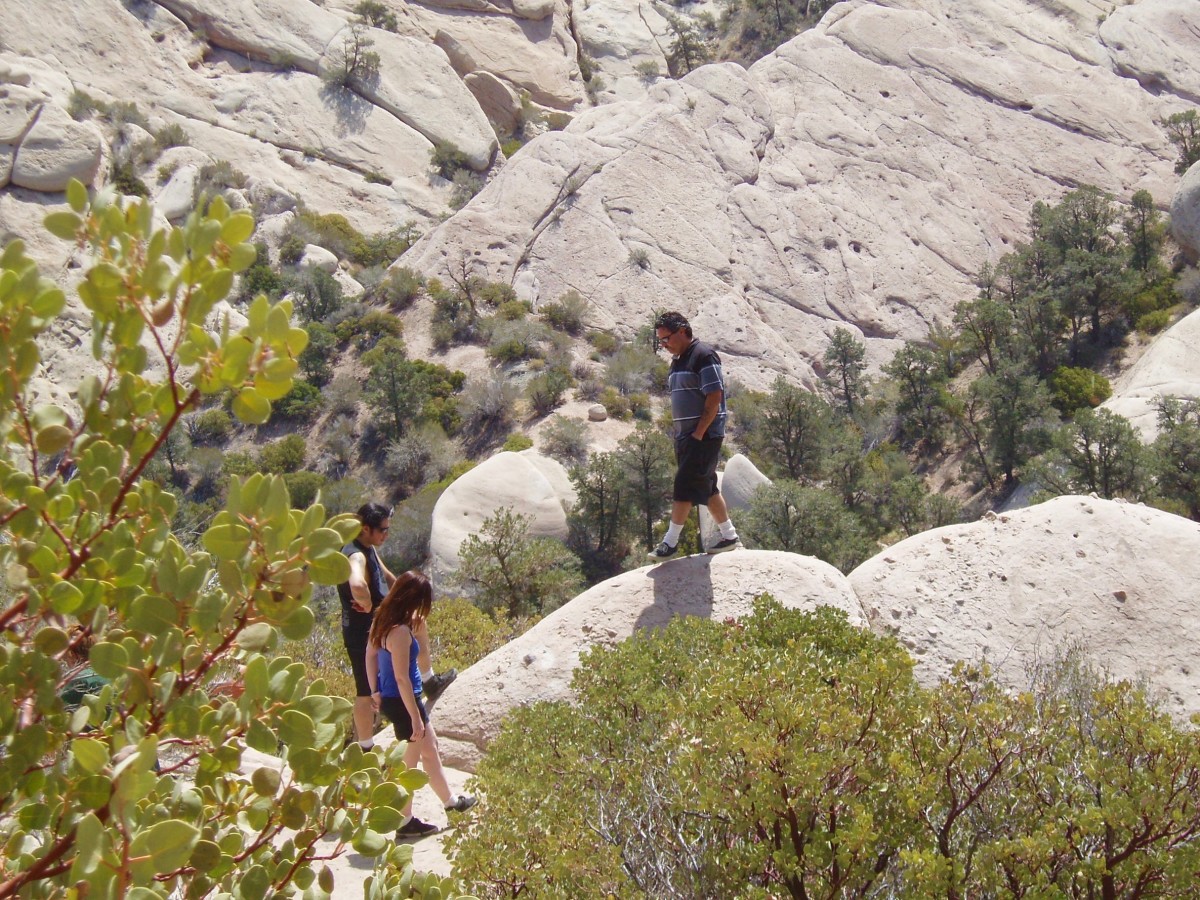Will Barcode Voting, Banned in Colorado, Cheat Sanders in California?

As Bernie Sanders polls 14% ahead of the pack in California, a new voting system is being deployed in mammoth in Los Angeles County which was banned in Colorado last year. The system was under fire for using unverifiable barcodes to transmit a voter's choices to a vote-counting machine.
The system was reprogrammed to read darkened ovals that a voter can see as the votes tabulated by the vote-counting machine, rather than an unreadable barcode.
Senator Ron Wyden, Democrat of Oregon, praised the ban by saying:
“It’s great to see that Colorado is yet again leading the nation on election security by trashing its hackable barcode ballot-marking machines...These machines are a ripe target for hackers.”
Colorado Secretary of State Jena Griswold, the state's top election official said:
"We live in a constantly changing threat environment...Hostile actors will continue their efforts to discover vulnerabilities in the attempt to undermine confidence in our elections. We must continually assess all election systems to identify areas that should be improved."
The California primaries have been moved up to Super Tuesday, March 3rd, making the gargantuan state the maker or breaker of presidential ambitions. With its 494 convention delegates, a poor showing in California would all but end the mathematical possibilities for the nomination on the first convention ballot.
In 2016, Bernie Sanders officially polled 46% in California, although there were many reports of official misconduct against him, such as election workers covering up his votes with white-out in San Diego. The latest poll shows Sanders pulling ahead by a huge margin in California. A late January KQED/NPR poll shows Sanders with a 14% lead over Joe Biden, and 22% lead over "Mayor Pete" Buttigieg.
Confusion and the delayed reporting of results for the Iowa caucus, after a strong Sanders lead in polls, sent the message that Sanders would not be allowed by the DNC to win the nomination. The Democratic National Committee has made no secret of its disdain for Sanders.
Last month, Sanders allies railed against the stacking of the Democratic Convention Committee with Sanders enemies, such as former Hillary Clinton campaign manager John Podesta. A leaked email in 2016 showed Podesta saying that Sanders needed to be "ground to a pulp." Podesta also asked a Democratic strategist where to “stick the knife in” Sanders. Thus the knives are almost literally out for Sanders on Super Tuesday, and especially make-or-break California.
A candidate polling less than about 56% in California would need to decisively win the majority of the other high delegate count states of New York, Florida, Illinois, and Texas. This would be a steep path for any candidate.
The technology journal GovTech.com wrote:
"[Colorado] is discontinuing the use of QR codes for tabulation that couldn’t be verified by the human eye, taking a cue from election security groups who say hand-countable paper ballots are most secure."
A QR code is a type of two-dimensional barcode that is familiar to many as a maze-like square pattern on a smartphone.
Election integrity activists have argued that in a hackable voting system, hackers could cause the human-readable part of the ballot to say one thing, and the barcode to say another. In these systems, the vote tabulation machine reads only the barcode. But a human cannot actually know what the barcode says.
California Secretary of State Alex Padilla last month "conditionally" certified a system similar to the one banned in Colorado. Like the Colorado system, the VSAP system, which stands for "Voting System for All People," tabulates solely from QR codes. Padilla and Los Angeles County Registrar Dean Logan, where the system is to be deployed, are stressing an improved "voting experience for Angelenos."
Los Angeles County is by far the most populous county in the nation, with 10 million people, fully one-fourth of the population of California. The next most populated county in the US is Cook County, Illinois, with 2.5 million people. The results in Los Angeles County on Super Tuesday will weigh in heavily on who wins California. L.A County be the most closely watched results in the country.
In Colorado, after the ban on the use of barcodes for transmitting votes, the manufacturer of the voting system was forced to reprogram the system to create darkened ovals next to a chosen candidate's name, and have the vote tabulating machine read the darkened ovals. This assures that what the machine reads is what the voters sees.
Report Shows VSAP Vulnerable to Hacking
A report commissioned by Secretary of State Padilla found numerous avenues for hacking the VSAP system. The system consists of a tabulation machine at a central location, and ballot marking devices at new "voting centers," where any voter from any precinct in L.A. County can vote. The report is located at the California Secretary of State's website, at a page entitled Los Angeles County VSAP - Certification Information.
Specifically, the report finds:
- Both the vote tallying machine and the ballot marking device possess Ethernet ports which can be connected to the Internet. This provides a possible avenue for hackers.
- The ballot marking device possesses a USB port that the report deems not necessary for the system's basic functions. This provides yet another possible door to hackers.
- The report states that: "Seals, locks, labels and sensors can all be bypassed."
- "excessive root access and the ability to boot the system from a USB port give access to the system by unauthorized individuals. Either scenario can result in undetected changes to files and data."
- The testers were able to gain access to the electronic event logs. California Voting System Standards...state: “Any unauthorized physical access shall leave physical evidence that an unauthorized event has taken place.”
- "It is possible to insert or remove ballots from both the BMD and ballot transfer boxes without detection."
The Grand Junction, Colorado Sentinel, after the barcode voting machines were banned, reported that:
"Under the new system, those tabulation machines would read the actual ovals that voters fill in to indicate their choices, and receipts would show how they voted."
Ironically, California state election law seems to land on the side of those opposed to "barcode voting," as Colorado Secretary of State Griswold called it.
California Code, Elections Code - ELEC § 19270 states:
“(a) The Secretary of State shall not certify or conditionally approve a direct recording electronic voting system unless the system includes an accessible voter verified paper audit trail.”
Election integrity activists argue that a vote code which is tabulated and cannot be read by a human cannot be "voter verified."








